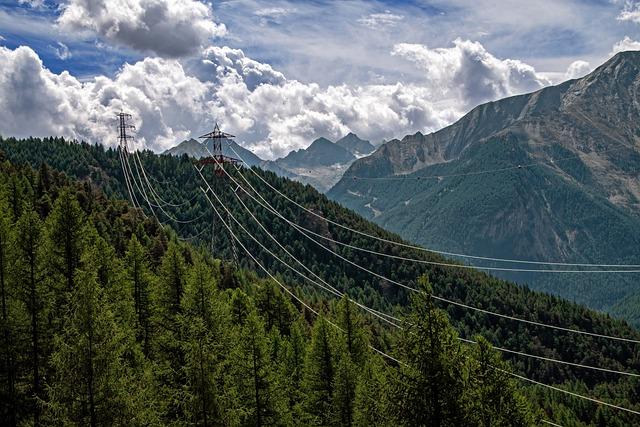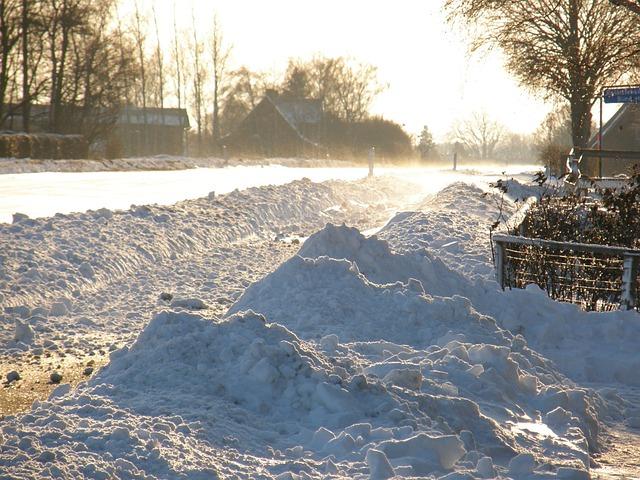The Science Behind Tree Aging

Trees are some of the oldest living organisms on Earth, with some specimens dating back thousands of years. But what exactly goes into determining the age of a tree? In this article, we delve into the science behind tree aging, exploring the methods and techniques used by scientists to unlock the mysteries of these ancient giants. From counting tree rings to analyzing growth patterns, join us as we uncover the fascinating world of tree longevity.
Understanding the Growth Rings in Trees
One of the key factors in determining the age of a tree is by examining its growth rings. These rings are formed annually as the tree undergoes periods of growth and dormancy. Each ring represents one year of growth, with the width of the ring indicating the rate of growth during that particular year. By counting the number of rings, scientists can accurately determine the age of a tree.
Factors Influencing Tree Lifespan
Various factors can influence the lifespan of a tree, including genetics, environmental conditions, and human interventions. Trees of different species have varying lifespans, with some living for centuries while others only survive for a few decades. Environmental factors such as soil quality, water availability, temperature, and sunlight exposure also play a significant role in determining how long a tree can live.
Q&A
Q: What factors contribute to the aging process of trees?
A: Several factors contribute to the aging process of trees, including genetic predisposition, environmental conditions, and the accumulation of damage over time.
Q: How can scientists determine the age of a tree?
A: Scientists can determine the age of a tree through various methods, such as counting growth rings, radiocarbon dating, or measuring the tree’s height and circumference.
Q: What role do growth rings play in tree aging?
A: Growth rings are formed in trees as a response to seasonal changes in climate. By counting growth rings, scientists can estimate the age of a tree and gain insights into its growth history.
Q: Do all trees age at the same rate?
A: No, not all trees age at the same rate. Factors such as species, location, and environmental conditions can influence the rate at which a tree ages.
Q: How do trees adapt to aging?
A: As trees age, they may develop mechanisms to cope with stress, such as producing more protective compounds or changing their growth patterns. These adaptations help trees survive and thrive as they grow older.
Conclusion
In conclusion, the study of tree aging provides valuable insights into the complex processes that govern the growth and longevity of trees. By understanding the various factors that influence tree age, researchers are better equipped to develop conservation strategies and sustainable forestry practices. As we continue to unravel the mysteries of tree aging, we gain a deeper appreciation for the vital role that trees play in our ecosystem and the importance of preserving these ancient organisms for future generations. Thank you for exploring the science behind tree aging with us.
Simpsons Tree Services, Servicing Melbourne’s North Eastern Suburbs
Book a quote online at www.simpsonstrees.com.au


